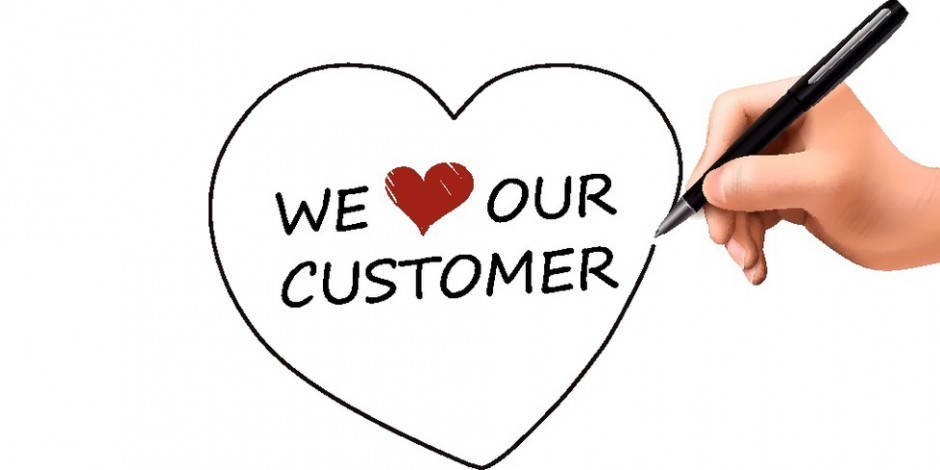Building a winning strategy begins with recognizing that strategy is too important to be delegated to a strategy department.
It can certainly be valuable to have the help of strategy officers or teams on refining and implementing strategy, but the strategy itself needs to be conceived and owned by the CEO (or equivalent for a division). Otherwise, strategy often becomes a diffuse product of group thinking and compromises among multiple stakeholders in the organization.
It follows that the CEO must deeply understand customer needs and how to meet them. Yet it is dangerous to depend on this information flowing up through multiple layers in the organization. The transmission of customer knowledge through multiple layers often causes distortion and risks the addition of personal agendas, or ”managing upward,” with people telling the CEO what they think he wants to hear.
That’s why it is essential for the CEO to cut through the corporate clutter and reach out to the colleagues who are closest to the customers: the frontline sales people and their direct managers. By using these colleagues as a window into customer needs and expectations, asking their advice, and leveraging them to validate strategic choices, the CEO can get the insights he needs, from those who know best — an approach we learned from Fred Hassan, our mutual mentor and a serial CEO (see the HBR interview with him and his follow-up article on the topic.)
Here are two examples of how that dynamic worked and the lessons learned from our own experience:
At Schering-Plough, where Brent led the Consumer Healthcare division and Ken led strategic affairs, we needed to energize the somewhat sleepy realm of Dr. Scholl’s foot care. Brent’s team hypothesized that a line of customizable orthotics could help do the trick. We went straight to the frontline people to ask if it would grab consumers — and also if it would work with our B2B intermediary customers in stores where the custom orthotics stations would be placed. They said, “Yes.” With those votes from the frontline, we reversed or neutralized negative perceptions in the middle ranks that otherwise could have killed the strategy.
When we moved to implementation, we ran into a big obstacle. Some key decision makers at one of our biggest customers objected to putting such a large, high-profile display on the coveted end cap of the aisles. We turned to our frontline managers who knew the customer intimately and asked for their help and advice. This drove a strategic campaign to identify and convert the mid-level objectors through our frontline teams. The same teams guided Brent and other senior managers in making the case to top management on the customer side. As a result, the custom orthotics line became an important profit driver for Consumer Healthcare.
The lesson: Frontline people can not only help the top leader validate an innovative new strategy, they can also be a powerful means to convince customers and those in higher levels at your company to buy in.
From Schering-Plough both of us moved to Bausch + Lomb — Brent as CEO and Ken as head of corporate strategic affairs. We found a deeply stressed business that was running essentially as disconnected units: contact lenses and solutions, eye pharmaceuticals, and eye surgery systems. Two big challenges were how to be more relevant to customers while also being more efficient than bigger competitors that were deploying more resources. Brent developed a decisive strategic insight from riding with sales reps on calls to customers. One day he observed a pharmaceuticals sales rep stop the car and run into a Costco for a few minutes. Brent figured she might be doing some quick shopping and asked politely about that. “No,” the rep responded. She was dropping off products to a customer of a friend who was in the division that sold lenses and solutions.
The moment crystallized the realization that our doctor and optometrist customers did not see their world through the lens of our three, disconnected business units; rather they saw their customers as patients with integrated eye health issues. The experience with the sales rep helped lead to our core strategy of “One Bausch + Lomb.” The center of this strategy involved creating connections among our business units, cross-selling products across the three sales forces customers, and positioning Bausch + Lomb as a company that cared about total eye health. This greatly increased our efficiency, while differentiating us from bigger companies with a fragmented sales approach. The new strategy drove sales growth and customer loyalty.
The lesson: By spending a lot of time out with the sales force on calls, a CEO will gain strategic insights. And be on the lookout for the unexpected insights like the one Brent had with the rep visiting Costco; that is where true strategic gems may lie.
There is a wonderful additional payoff from listening to the frontlines to formulate strategy: It will give them ownership of the strategy and make them passionate about turning it into a reality. That’s pivotal. Great strategies are only as good as the execution.
By Brent Saunders & Ken Banta; originally published in Harvard Business Review


